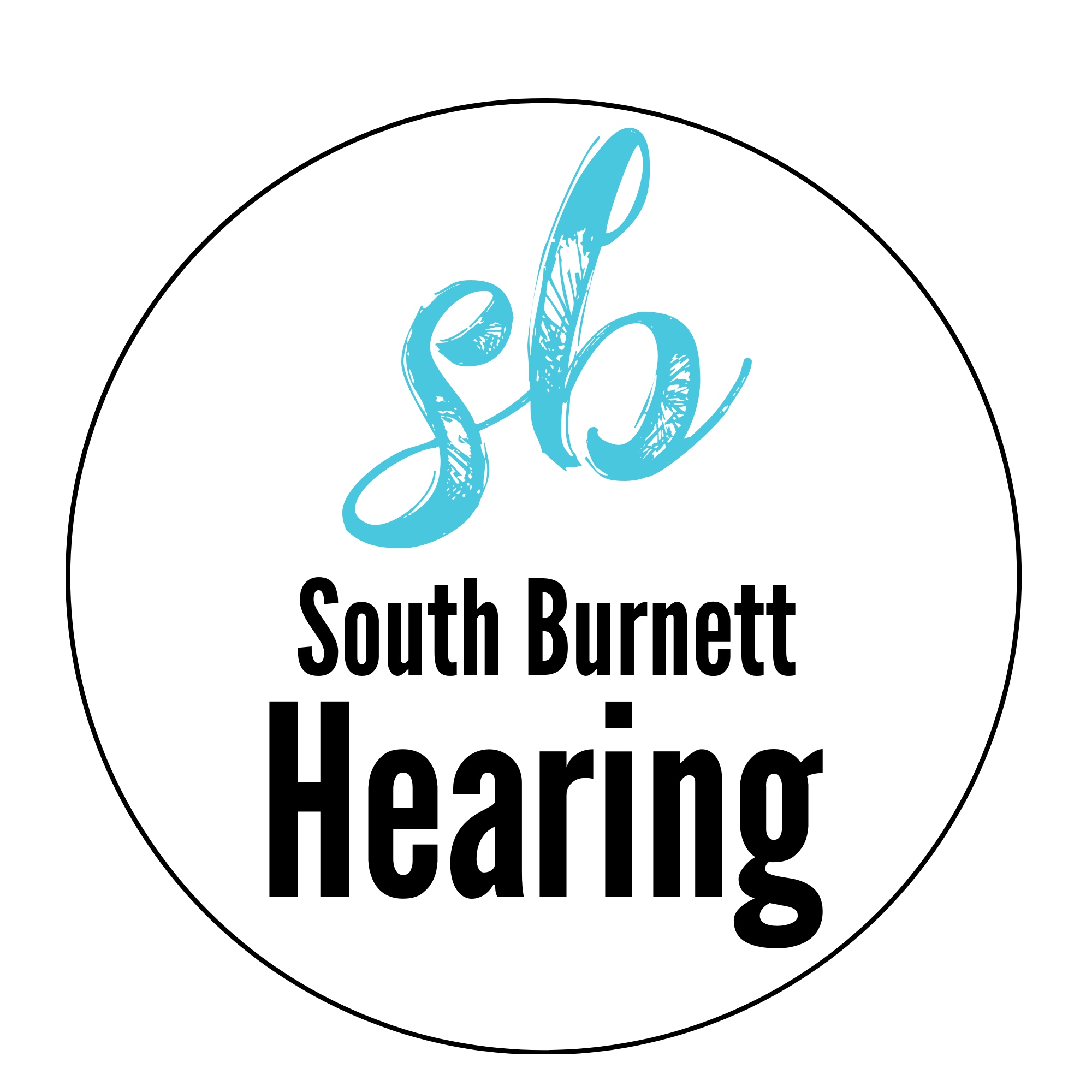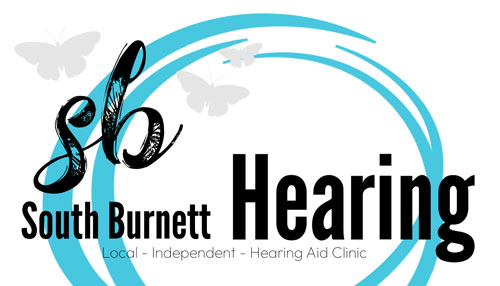In industries across the globe, workers face various risks every day, but one of the most common yet overlooked dangers is noise. Occupational hearing hazards are a critical issue that affects millions of workers, leading to noise-induced hearing loss (NIHL) – the most prevalent work-related illness in many countries. As we observe Hearing Awareness Week, it’s time to bring this issue into focus, ensuring that the message about occupational hearing hazards is heard loud and clear.
The Silent Epidemic in the Workplace
Noise-induced hearing loss in the workplace is often termed a “silent epidemic” because its gradual onset makes it hard to detect until significant damage has occurred. In environments where machinery, tools, and processes generate high noise levels, workers’ ears are at risk every day. From construction sites and manufacturing plants to entertainment venues and airports, occupational noise hazards are pervasive.
Understanding Occupational Hearing Hazards
An occupational hearing hazard exists when workers are exposed to noise levels that exceed 85 decibels (dB) over an 8-hour shift, the threshold at which hearing protection is recommended. However, even lower levels of noise can be hazardous over long periods, and peak noise exposures, such as those from gunfire or explosions, can cause immediate damage.
The Impact of NIHL on Workers
The consequences of NIHL extend beyond the workplace, affecting every aspect of a worker’s life. Hearing loss can lead to communication difficulties, social isolation, reduced quality of life, and even mental health issues. Moreover, it can decrease productivity and increase the risk of accidents, as workers might not hear warning signals or equipment malfunctions.
Identifying High-Risk Occupations
Certain occupations are at higher risk for NIHL, including:
- Construction workers: Regular exposure to loud machinery and power tools.
- Manufacturing employees: Constant background noise from production lines.
- Entertainment industry professionals: High noise levels at concerts, clubs, and events.
- Agricultural workers: Exposure to loud equipment like tractors and harvesters.
- Transportation and aviation workers: Noise from engines and vehicle traffic.
Strategies for Protecting Hearing in the Workplace
The key to preventing occupational hearing loss is a comprehensive approach that includes:
- Noise assessments: Regularly measuring noise levels in the workplace to identify hazardous areas.
- Engineering controls: Modifying or replacing noisy machinery and equipment to reduce noise at the source.
- Administrative controls: Implementing changes in work schedules or practices to limit noise exposure, such as rotating workers through noisy tasks.
- Personal hearing protection: Providing suitable hearing protection devices, like earplugs and earmuffs, and ensuring workers know how to use them correctly.
- Education and training: Raising awareness about the risks of NIHL and training workers on prevention strategies.
The Role of Employers and Employees
Preventing occupational hearing loss is a shared responsibility. Employers must adhere to regulations, provide a safe working environment, and foster a culture of hearing health. Employees, on the other hand, must use the provided hearing protection, attend training sessions, and report hazardous conditions.
Advancements in Hearing Conservation
Innovations in technology and policy are paving the way for better hearing conservation in the workplace. From more comfortable and effective hearing protection devices to noise-cancelling technology and sound dampening materials, there are more tools than ever to combat occupational hearing hazards. Additionally, stricter regulations and standards are being implemented globally to protect workers’ hearing health.
Call to Action: Making Occupational Hearing Health a Priority
As we highlight the importance of hearing health during Hearing Awareness Week, let’s commit to making occupational hearing conservation a priority. Employers, employees, policymakers, and health professionals must work together to ensure that workplaces are safe for everyone’s ears. By raising awareness, enhancing prevention efforts, and investing in innovative solutions, we can significantly reduce the incidence of NIHL and preserve the hearing health of workers around the world.
Conclusion
Occupational hearing hazards pose a significant risk to workers in various industries, but with the right strategies, noise-induced hearing loss can be prevented. This Hearing Awareness Week, let’s amplify the conversation about occupational hearing health, ensuring that the message is heard loud and clear. Together, we can create safer workplaces and protect the hearing health of workers now and for future generations.


